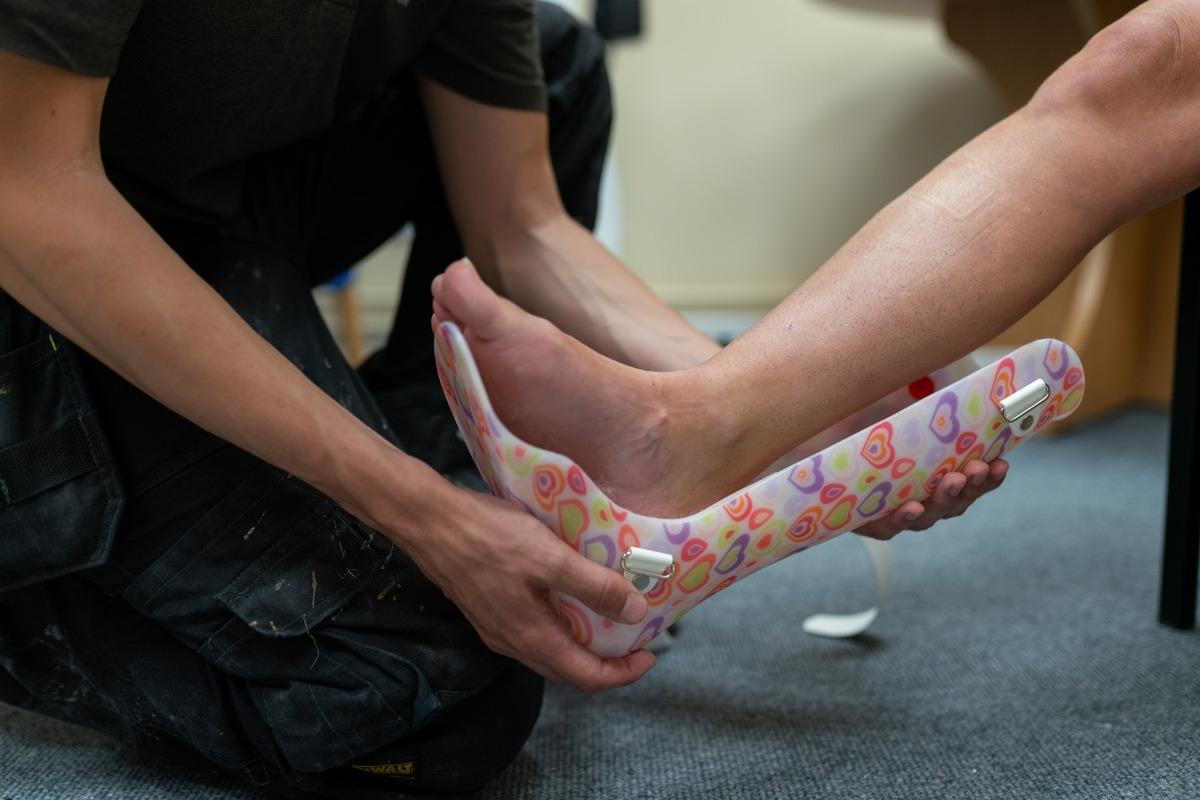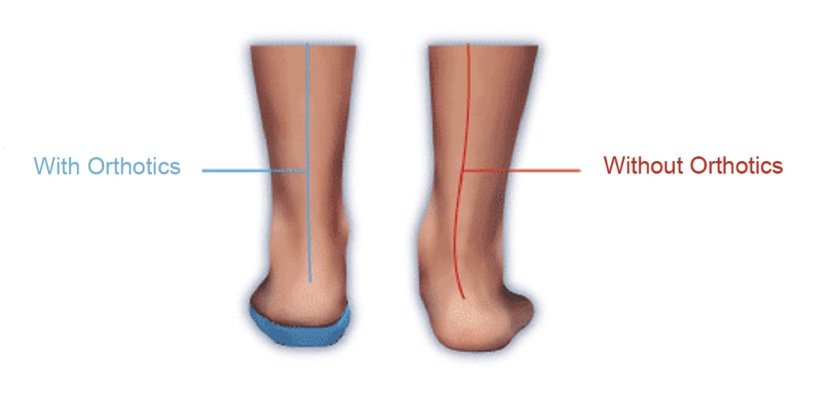Basics of Ski Boot Architecture and Fit Nederland CO
Basics of Ski Boot Architecture and Fit Nederland CO
Blog Article
Unconventional Boot Fitting Strategies Dacono CO
Choosing the right ski boot can considerably affect your skiing experience, impacting each comfort and performance. Understanding the important parts involved in making this selection is significant for skiers of all ranges, from novices to seasoned specialists. The right ski boot enhances control over your skis, permitting for higher maneuverability on various terrains.
One of the first considerations in deciding on a ski boot is the fit. Ski boots ought to fit snugly, however not uncomfortably tight. It’s essential to try on various fashions and types, as each has its personal distinctive shape and sizing. A good fit will reduce movement throughout the boot, lowering the possibility of blisters and making certain that your energy is transmitted effectively to your skis.
Fitting Criteria for Varied Ski Styles Broomfield CO
Keep in mind that most ski boots come in several widths. The length of the boot is just one component of fit; the width will create a more personalized experience. Boots are sometimes categorized as narrow, medium, or wide, catering to completely different foot shapes. Your foot shape will largely dictate which width is finest suited to you, impacting how snug you are feeling throughout your skiing periods.
Next, the flex index have to be taken into account while choosing the right ski boot. Flex refers to how stiff or delicate a boot is, with stiffer boots offering more control and response. On the opposite hand, softer boots are extra forgiving and easier for newbies to manage. Advanced skiers would possibly favor stiffer models for optimum performance, while these new to the sport may discover softer choices more inexpensive and comfy.
The meant ski style additionally plays a crucial function in your selection - Tips for a Great Boot Fit Broomfield CO. Are you planning on skiing totally on groomed trails, or do you aspire to venture into backcountry skiing? Freestyle skiers often select softer boots, permitting for flexibility throughout jumps and tips. Alpine skiers may go for stiffer models that promote stability and responsiveness on hard-packed snow or icy situations
How-To Guide for Ski Boot Fitting Frederick CO
Another necessary facet is the boot's thermal insulation and the method it keeps your toes warm throughout extended exposure to cold. Insulation supplies differ significantly, and a few boots come with added expertise for heat retention. If you’re skiing in frigid situations, choosing a boot geared up for warmth can drastically improve your enjoyment on the slopes.
When assessing the liners of the ski boot, it's clever to know that this component can drastically change the fit and really feel of your boot. Many modern ski boots come with heat-moldable liners that conform to the shape of your foot over time. This customization can result in enhanced comfort and improved performance, as the liner offers better help for your foot and ankle.

Buckle methods are another component to not overlook while choosing ski boots. The number of buckles impacts how securely the boot fits and the way easily you probably can take it on and off. Boots with more buckles present a more adjustable fit and higher safety. However, those with less complicated methods may be simpler for beginners to handle. Consider which elements matter most to you based mostly on private choice and expertise degree.
Master Boot Fitting Techniques Firestone CO
Selecting the best ski boot size can also be complicated by variations in brands. Sizes can differ, so it’s advisable to refer to size charts particular to each model you try on. Understanding your foot's measurements can guide you towards a more fitting selection. This data can help you keep away from choosing a boot that's either too massive or too small, both of which might detract from your skiing expertise.
It’s essential to examine for added features that some boots supply, corresponding to walk modes or interchangeable soles. Walk modes allow for simpler motion when you’re not in your skis, a great boon for people who wish to hike or transfer around the lodge. Interchangeable soles could make the boot extra versatile, allowing it to adapt to several types of snowboarding or even walking.
Try to hunt the guidance of experienced retail professionals when navigating the plethora of choices available. They can provide insights and proposals primarily based in your skiing type, talent stage, and private preferences. Their experience will help filter the acceptable boots that match your wants, guiding you thru the nuances of fit and performance.
Fit Guide for Ski Boots Erie CO
In conclusion, the search for the perfect ski boot combines numerous important components that require careful consideration. Fit, flex, type, insulation, liners, buckles, measurement variations, and extra options all play a job in your choice. Spending time to research and try completely different fashions could make a considerable difference in both performance and comfort, ensuring a more pleasant day on the slopes. Prioritizing these elements and looking for skilled recommendation will equip you with the mandatory instruments to make an knowledgeable alternative, resulting in improved snowboarding experiences for years to come back.
- Assess your ability level; beginner skiers typically need softer flex boots, while advanced skiers benefit from stiffer options for higher management.
- Prioritize fit over model; a well-fitting boot is essential for comfort and performance, whatever the producer.
- Consider the boot’s final width, because it influences the amount of your foot; a narrow final enhances precision for narrow ft, while a wide last supplies comfort for broader toes.
- Pay consideration to flex index scores; every boot has a singular flex rating that matches your skiing style and physical attributes, affecting responsiveness and comfort.
- Explore custom insoles; they'll considerably improve comfort and forestall issues corresponding to blisters and chilly ft by providing better arch support and weight distribution.
- Test boots in-store with acceptable ski socks; make sure the fit is comfortable however not painfully tight, allowing for slight wiggle room and proper circulation.
- Look for heat-moldable liners; these can be personalized to the form of your foot for enhanced comfort, especially if you expertise any pressure points.
- Consider the type of skiing you plan to do, whether it's alpine, backcountry, or freestyle, as every requires particular boot characteristics for optimum performance.
- Check for buckling techniques and features like power straps; an excellent closure can enhance fit, reduce movement, and improve general skiing effectivity.
- Don’t overlook about liner materials; completely different supplies provide various levels of warmth, moisture-wicking, and cushioning, immediately impacting your skiing experience.undefinedWhat dimension ski boot should I choose?
Choosing the right measurement ski boot is crucial for comfort and performance. Measure your foot size in centimeters and consult a ski boot measurement chart, typically a half-size smaller than your common shoe size. Always strive boots on with the right ski socks for an accurate fit.
How do I know if the ski boot is just too tight or too loose?
Ski Boot Fit for Advanced Skiers Erie CO
A well-fitted ski boot ought to really feel snug however not painfully tight. Your toes should just contact the entrance of the boot when standing upright. When you bend your knees forward, your toes ought to pull slightly away from the entrance. A loose boot can result in poor control and blisters.
What is the distinction between gentle and stiff ski boots?
Techniques for Better Boot Fit Nederland CO
Soft ski boots supply more flexibility and luxury, making them appropriate for beginners or informal skiers - Fit Guide for Ski Boots Superior CO. Stiff boots present better responsiveness and management for knowledgeable skiers on difficult terrain. It's important to choose primarily based on your skill degree and snowboarding type
Should I contemplate boot width when choosing ski boots?
Yes, boot width, also called "final," is essential for comfort. Ski boots come in different widths—narrow, medium, and wide. Measure the width of your foot and consider each mannequin's fit to ensure comfort and cut back pressure points while snowboarding.
What type of ski boot is greatest for my snowboarding style?
Ski Boot Fit Discussions Superior CO
Consider your snowboarding type: when you plan to journey groomed trails, an all-mountain boot is good. Backcountry skiers should go for lighter, more flexible choices. Freestyle skiers benefit from gentle boots for larger maneuverability. Match the boot type to your skiing choice for optimum performance.

How essential is custom fitting for ski boots?
Boot Fitting Guide: Dos and Don'ts Brighton CO
Custom fitting can significantly improve comfort and performance. Professional boot fitters can adjust your boots to your foot shape, addressing specific pressure points and making certain a greater fit. While not essential, it’s helpful, especially for these who ski regularly or have foot issues.

Is it value spending extra on higher-end ski boots?
Higher-end ski boots usually function superior materials and expertise, offering higher comfort, performance, and durability. If you ski frequently, investing in a high quality pair can improve your experience and allow you to develop better expertise. Consider your snowboarding frequency and magnificence when deciding.
Boot Fitting Innovations in the Industry Broomfield CO
What options should I search for in a ski boot?
Look for features corresponding to heat-moldable liners for custom-made comfort, adjustable buckles for a greater fit, and waterproof materials to keep your feet dry. Flex rating, insulation, and weight are additionally important factors that ought to align with your snowboarding wants and conditions.
Ideal Conditions for Ski Boot Fitting Westminster CO
How do I maintain and retailer my ski boots?
Always dry your ski boots after every use to prevent moisture buildup, which may result in odors or deterioration. Store them in a cool, dry place away from direct sunlight. Regularly check the liners, buckles, and soles for wear and tear to make sure they continue to be in good condition.
click here for more info this article Report this page